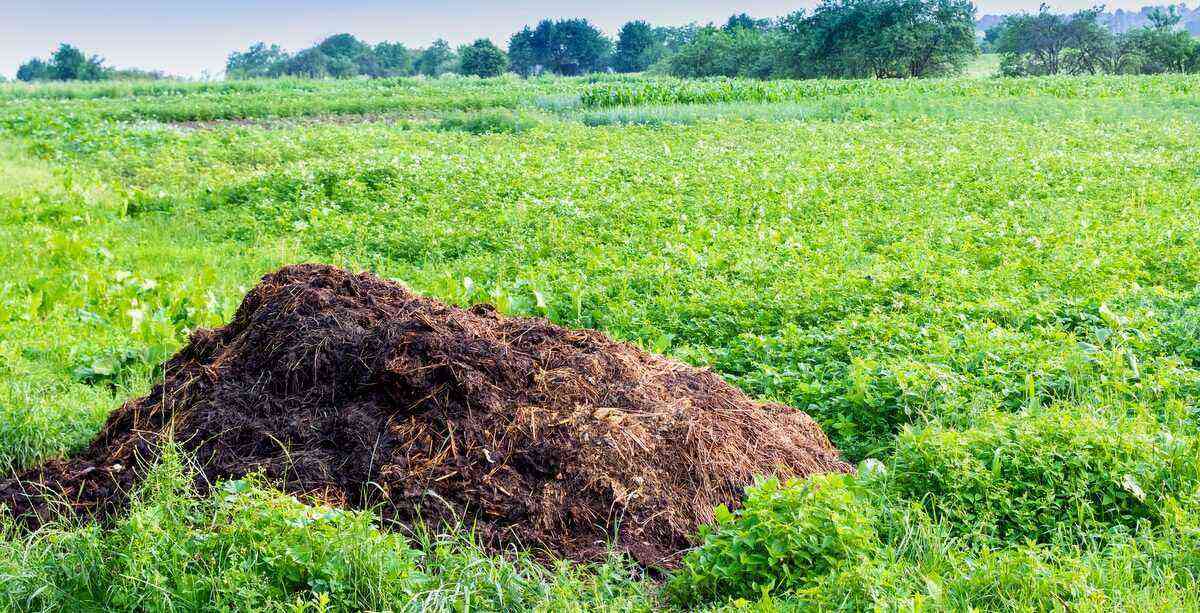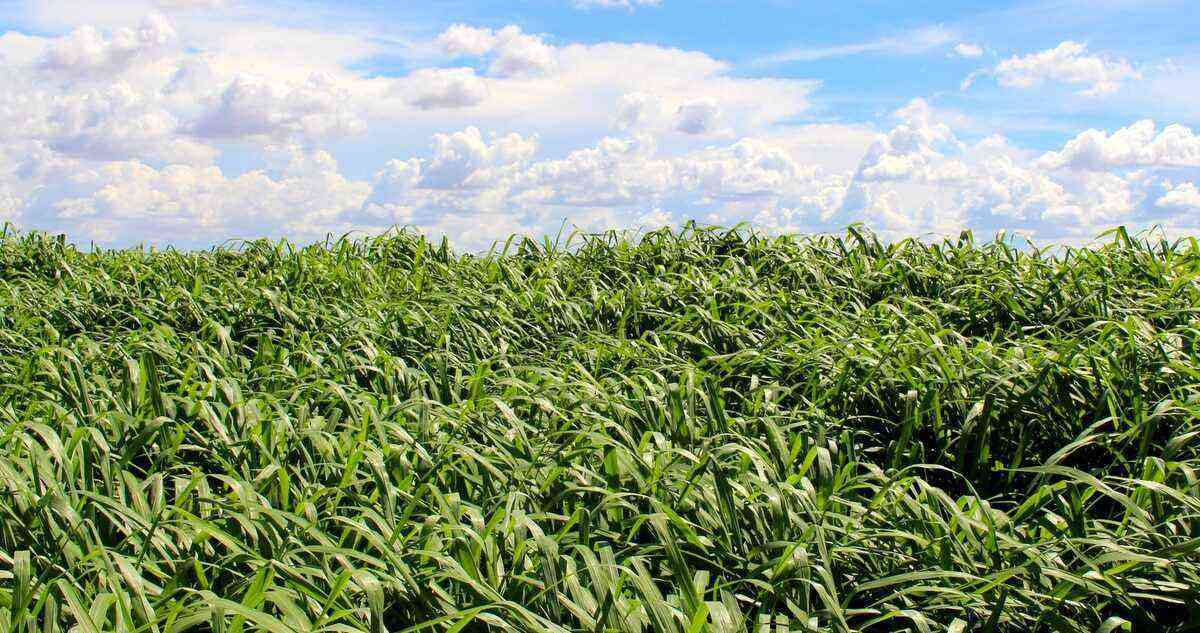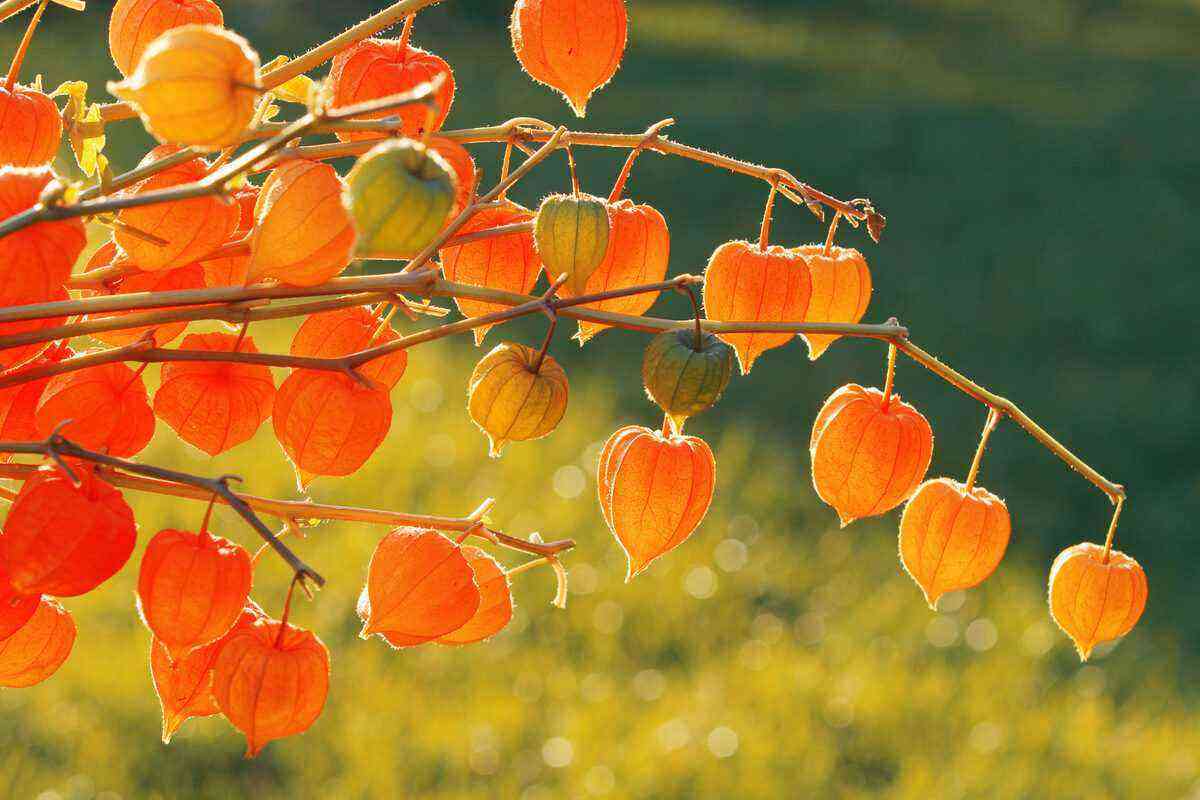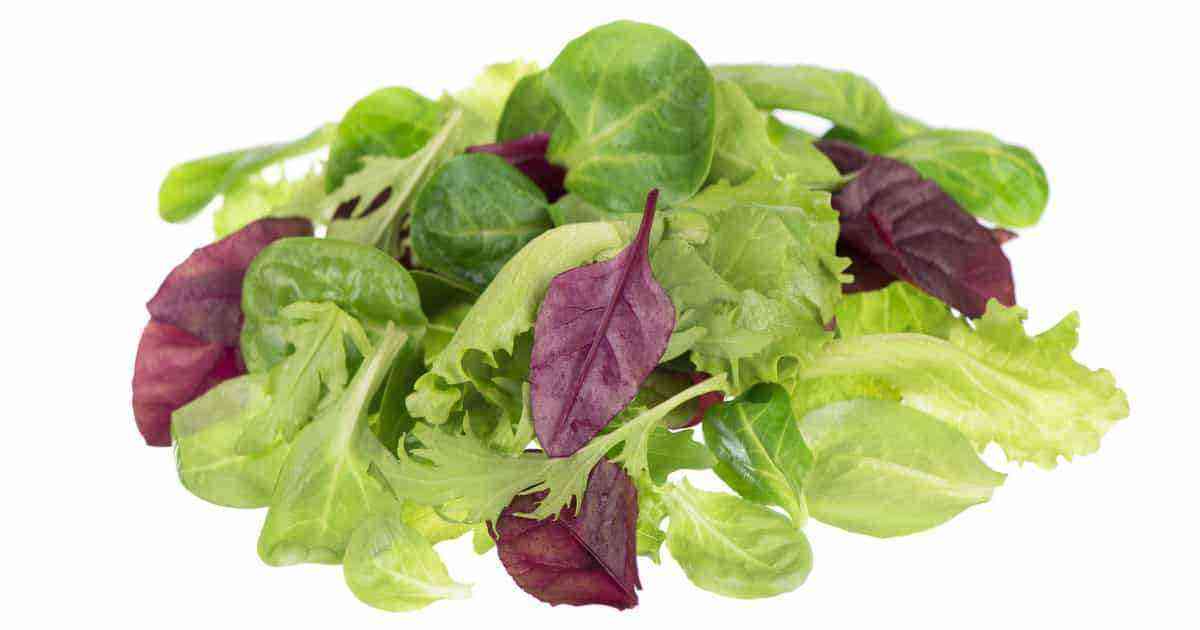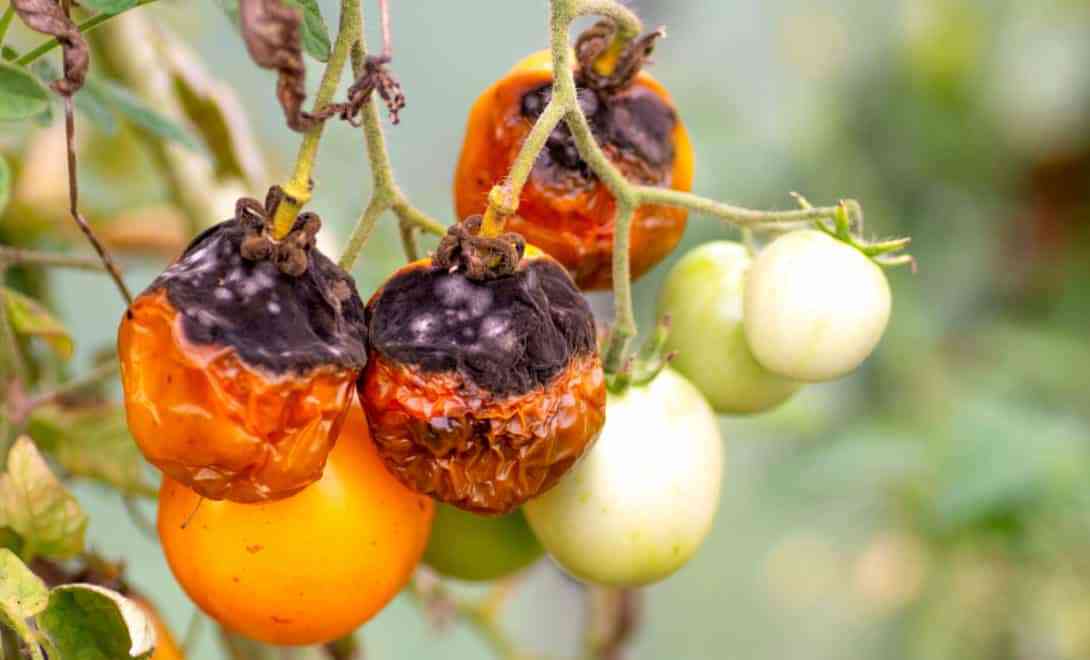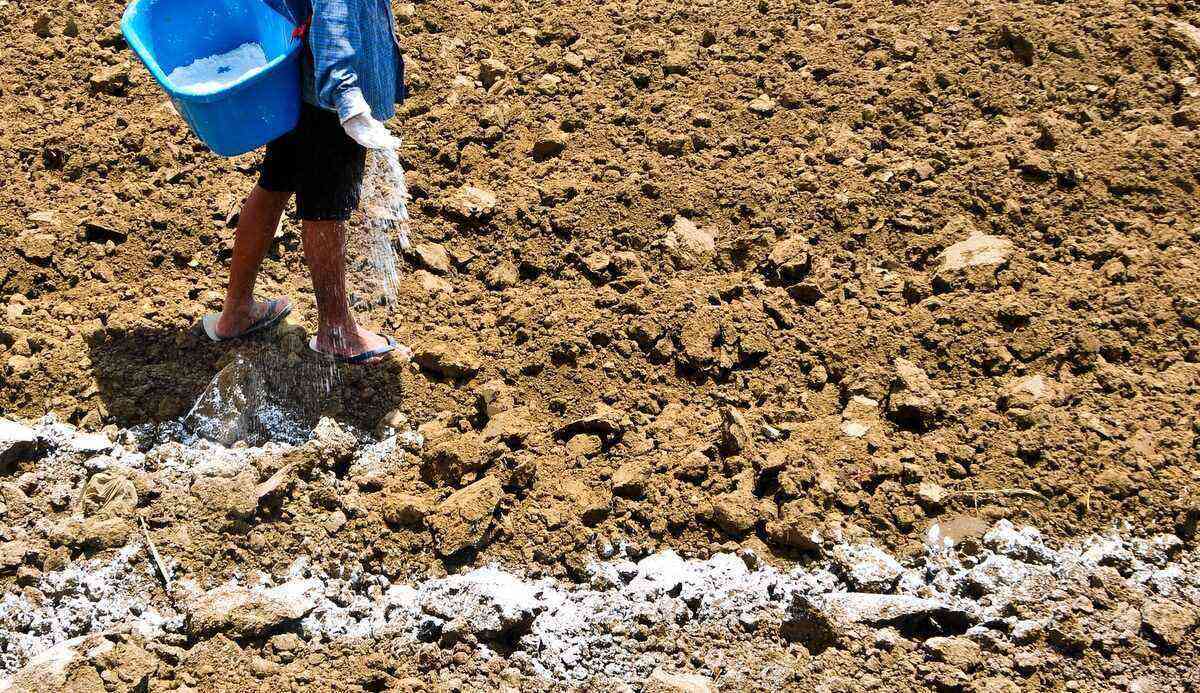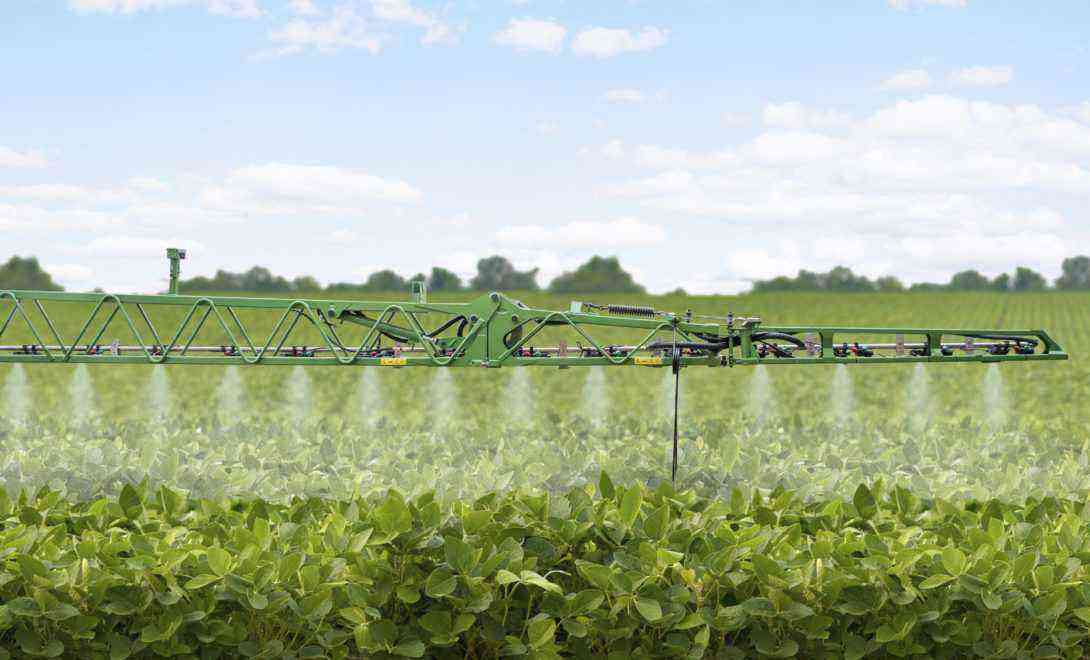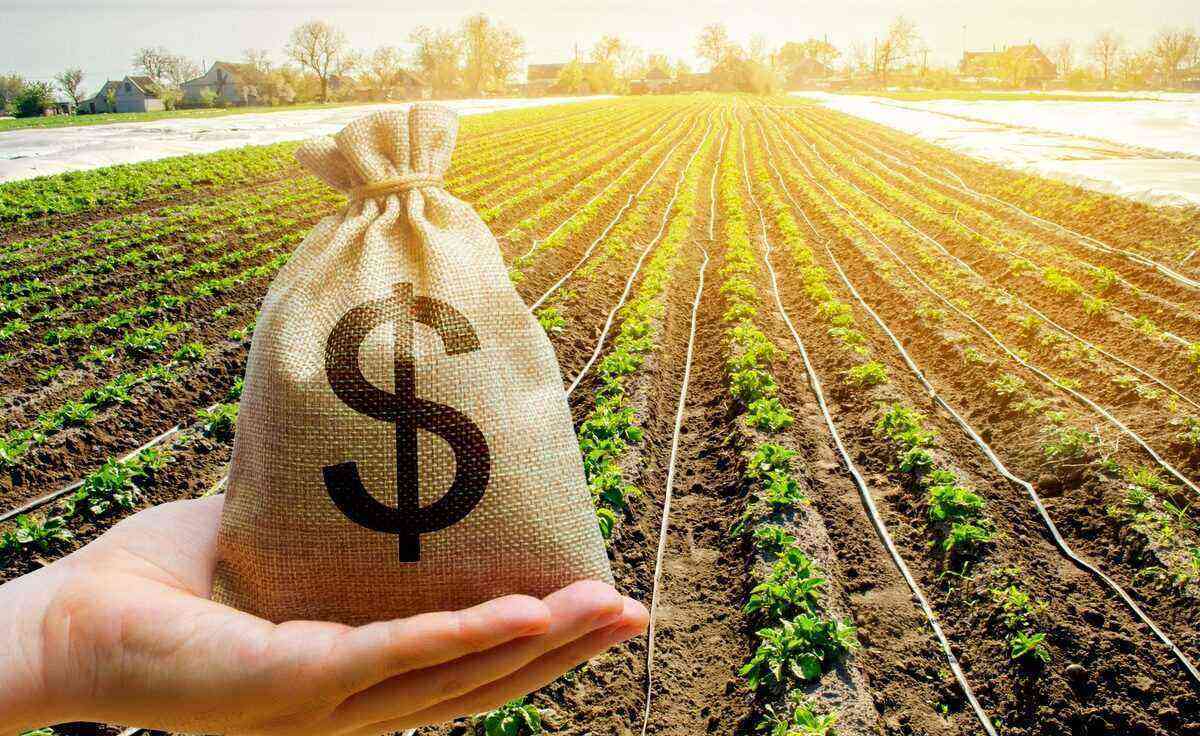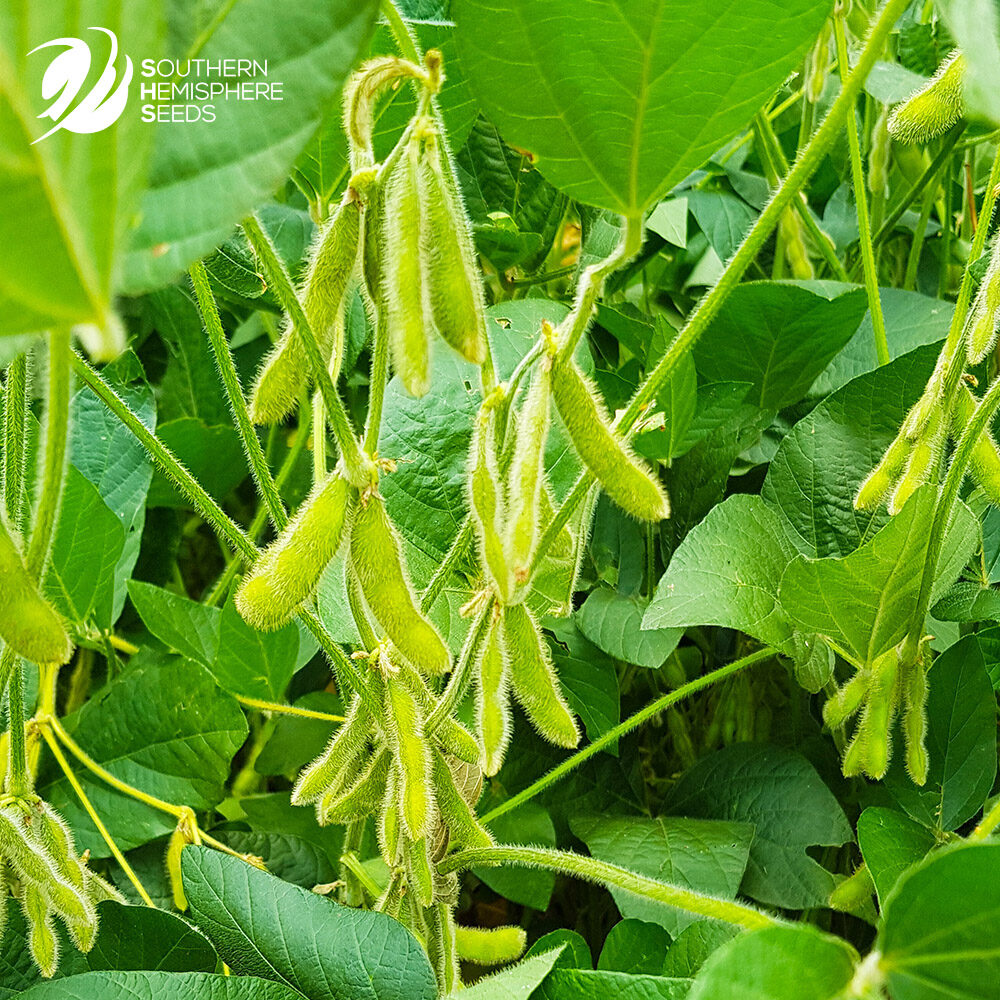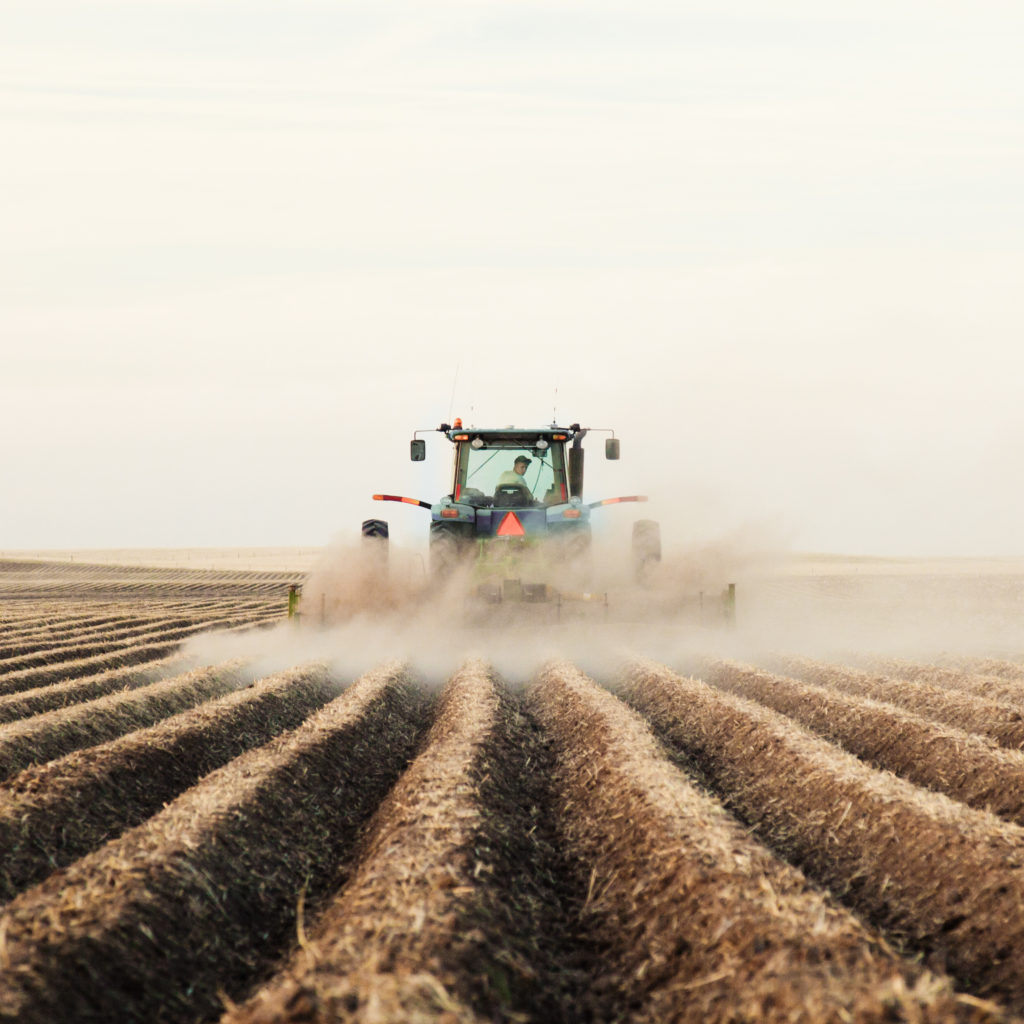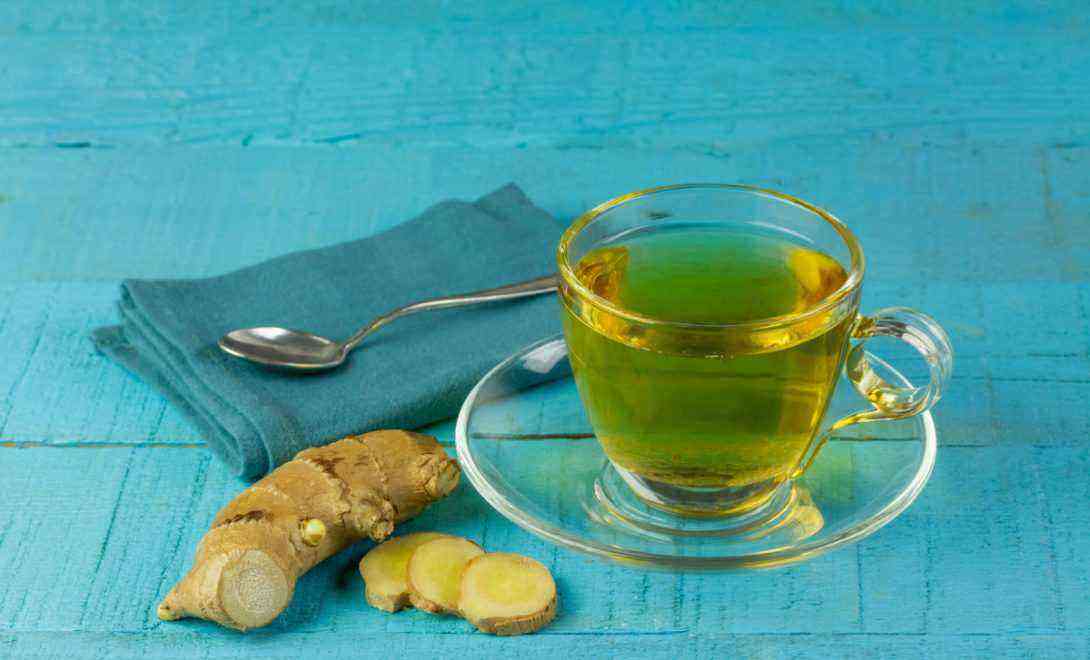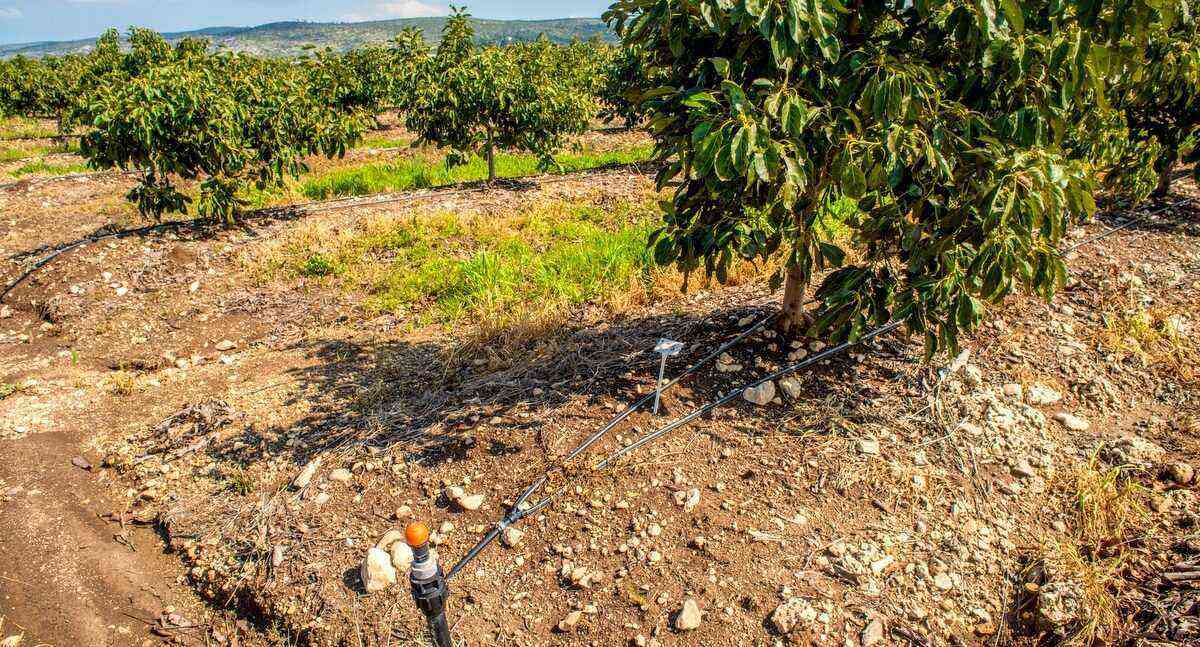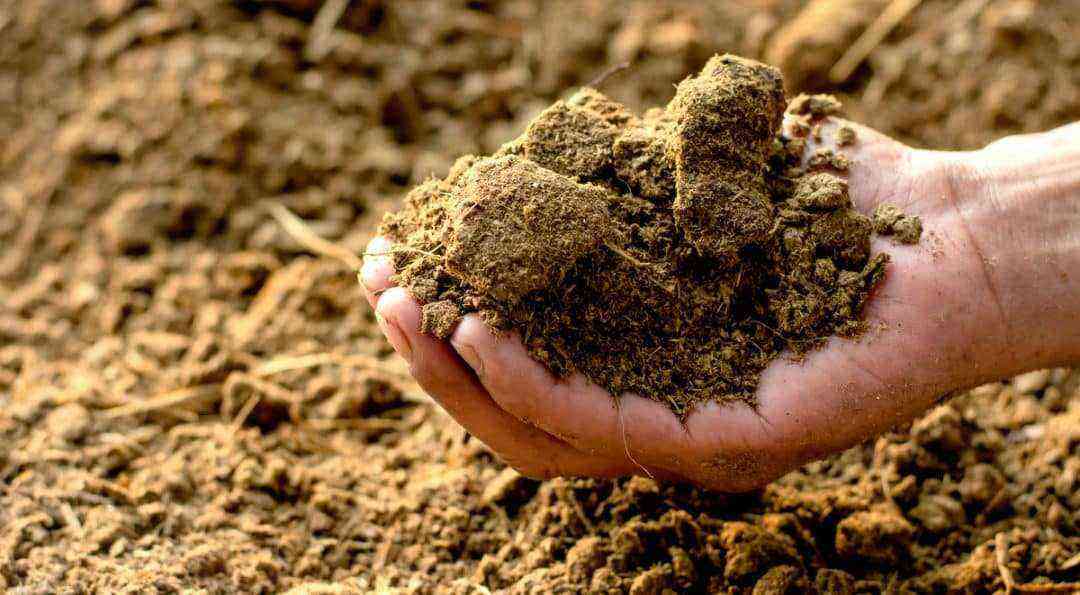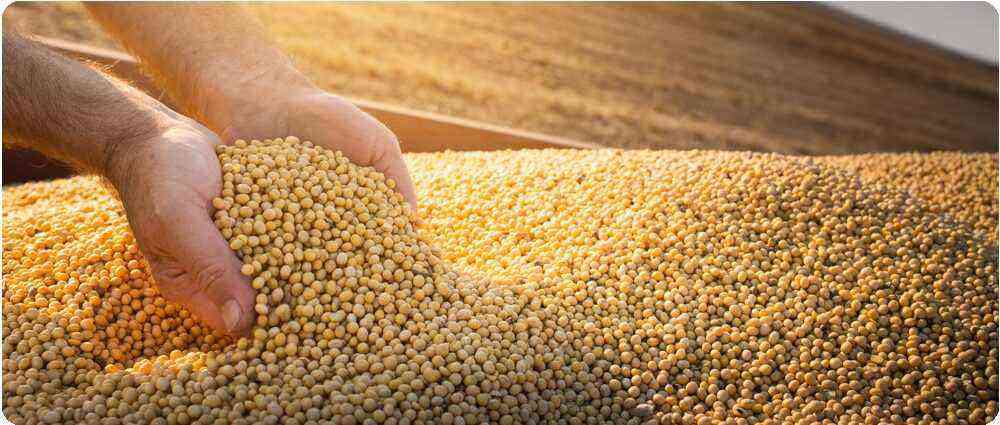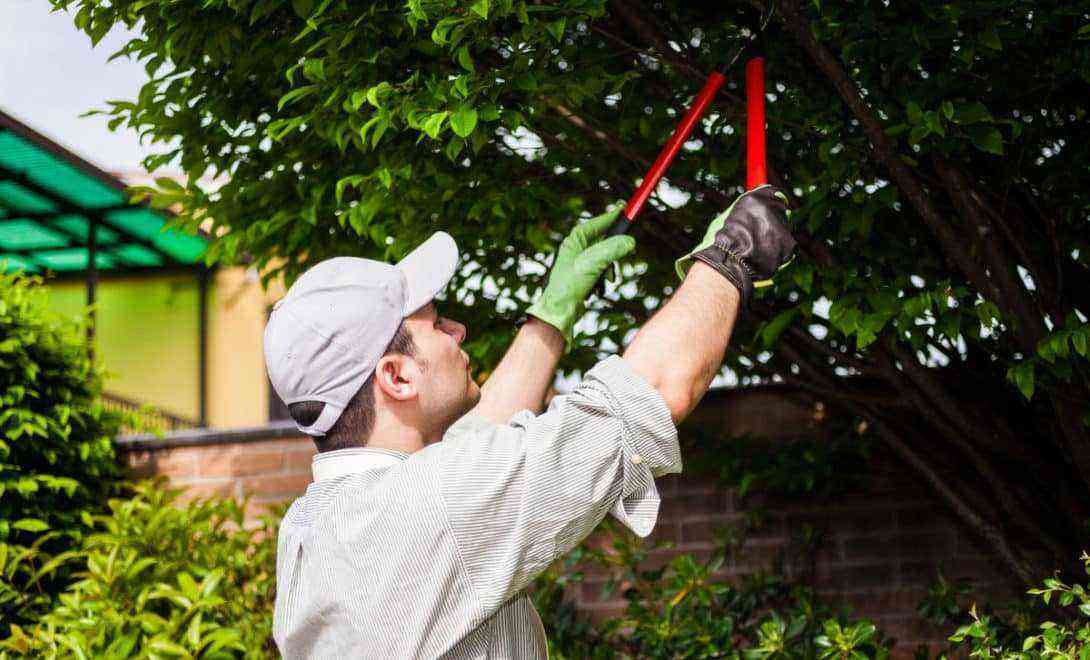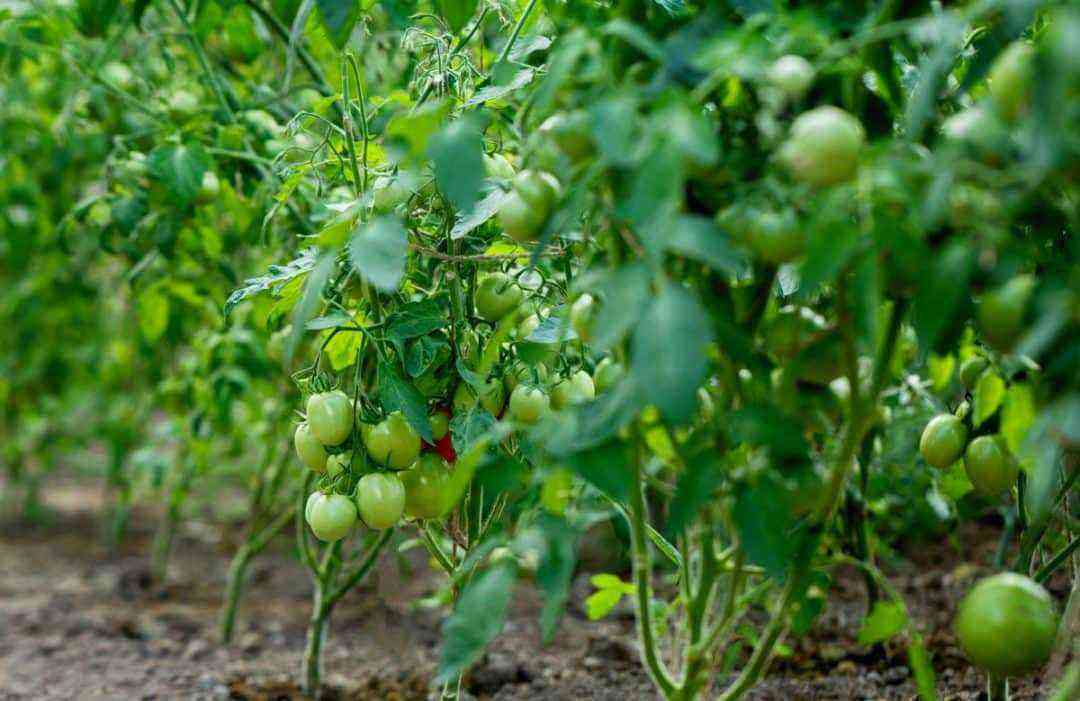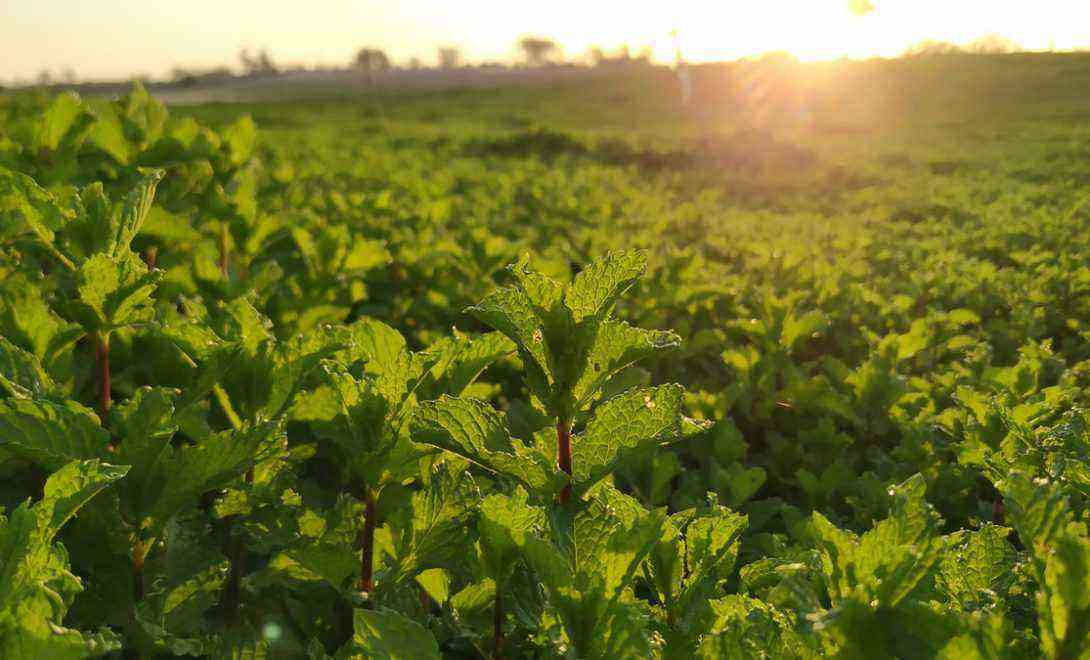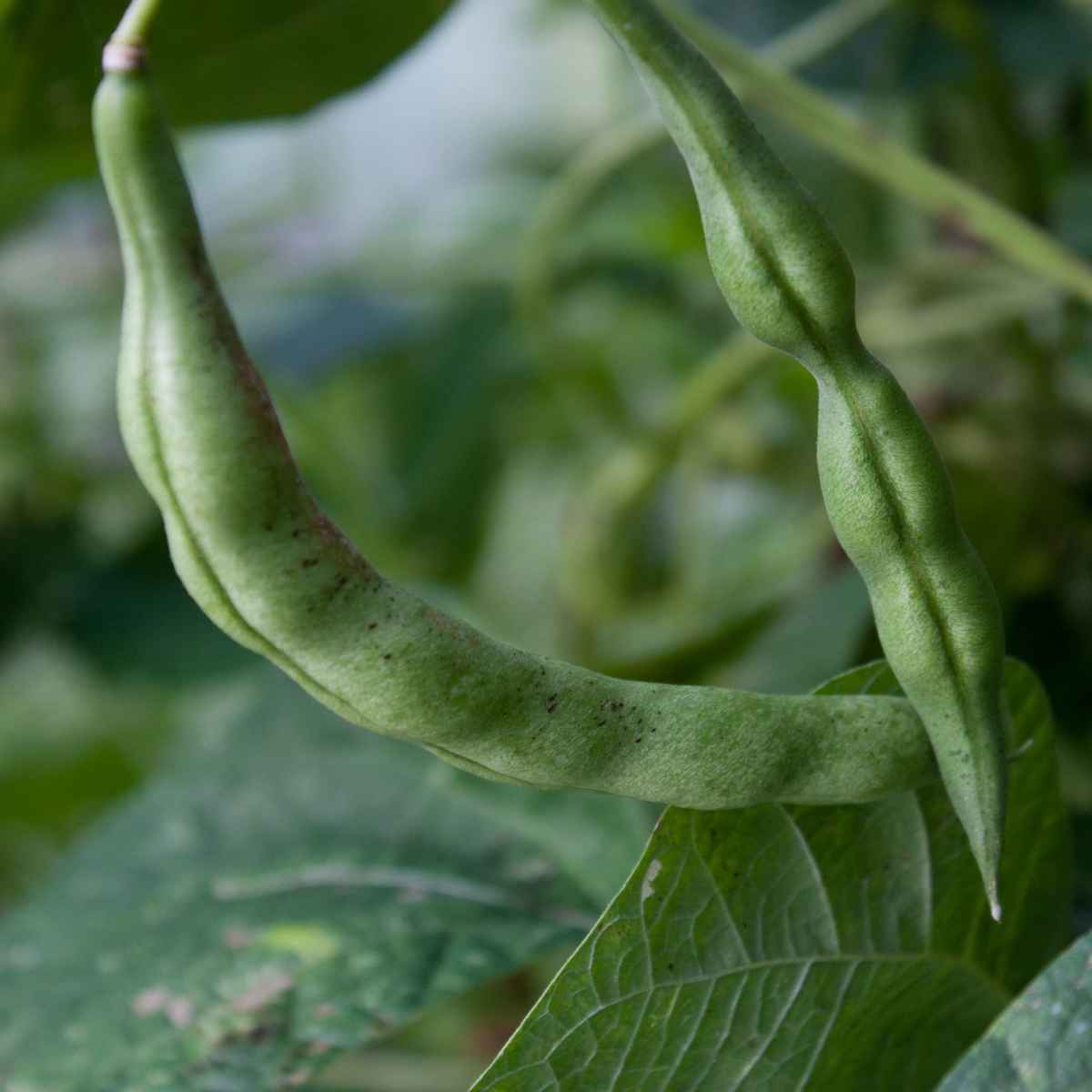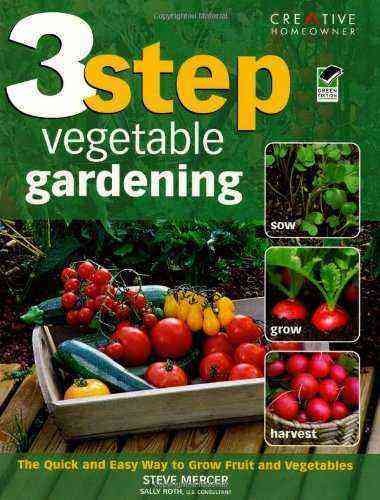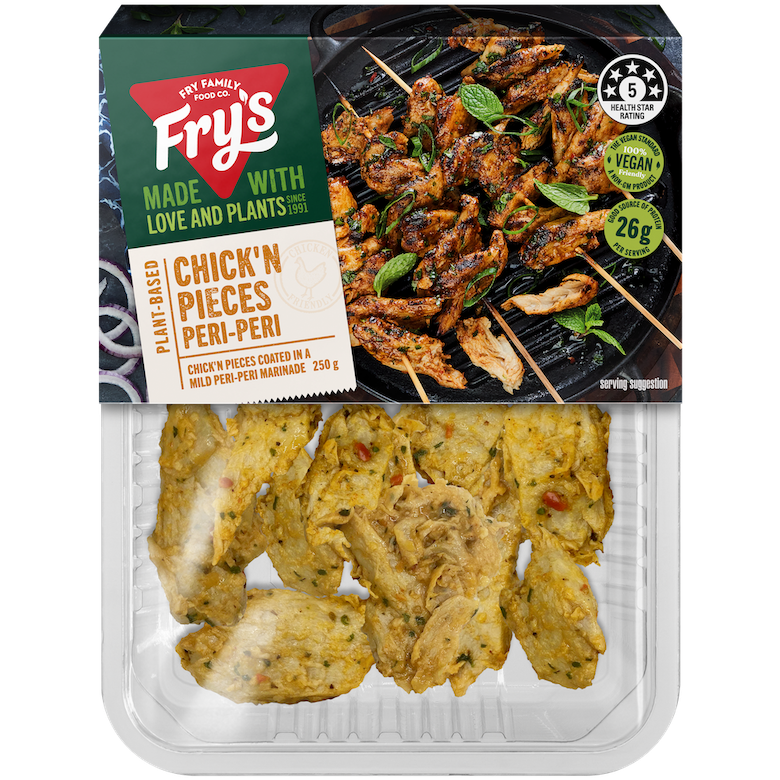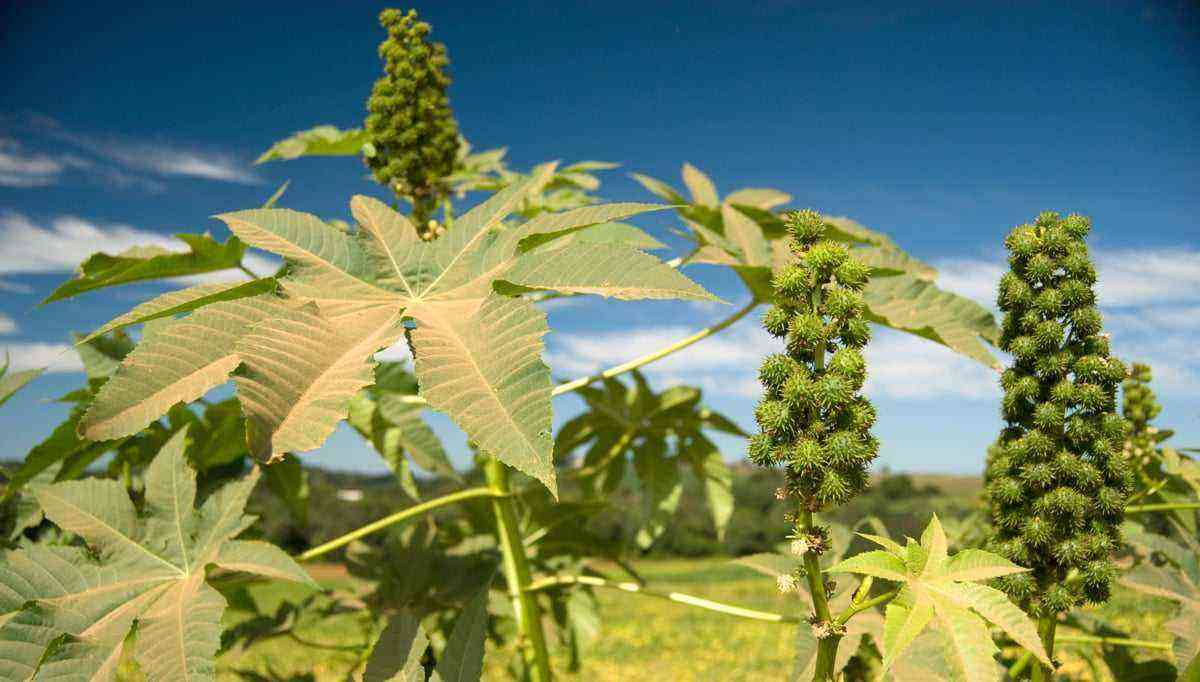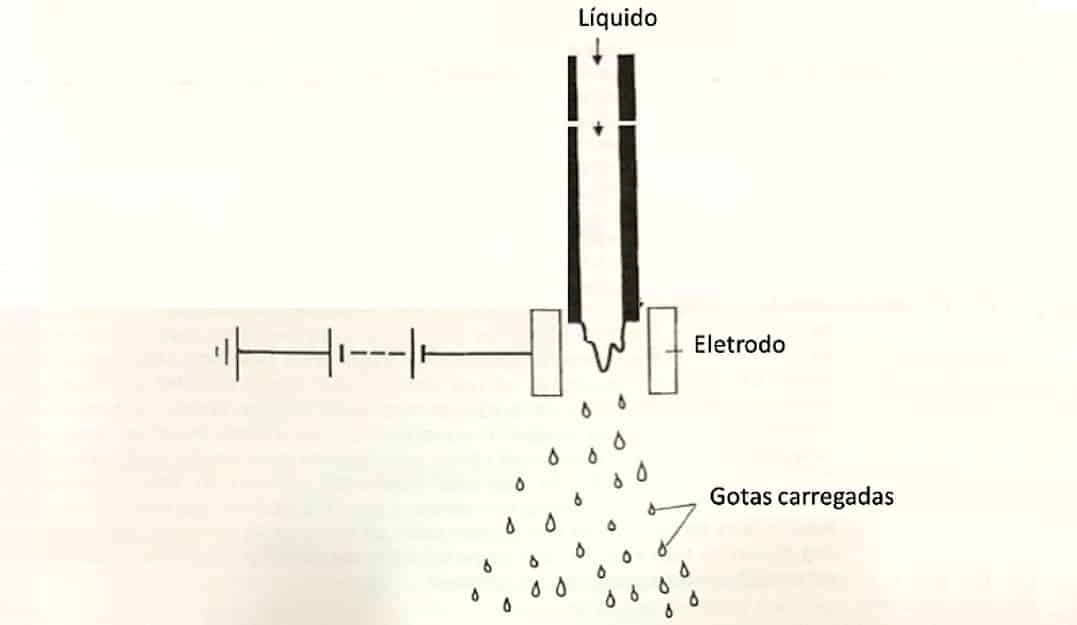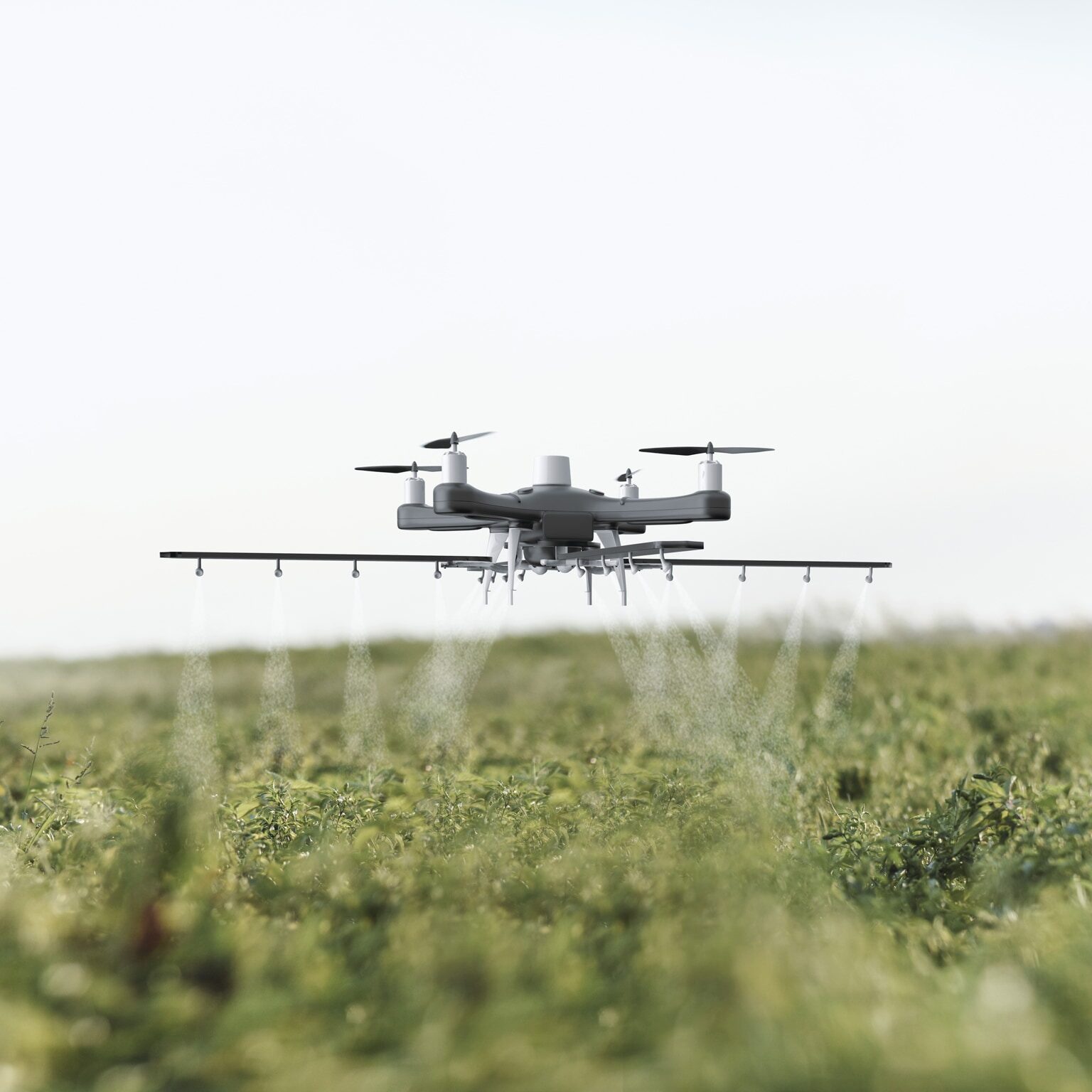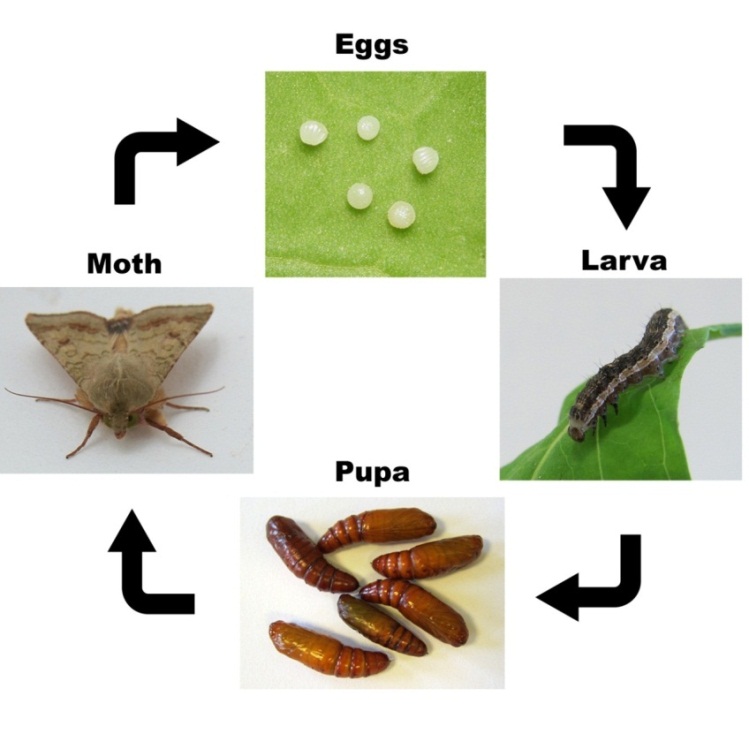In Brazil, onion is one of the best-placed vegetables in terms of economic value. For this reason, many producers have bet on this crop, achieving better and better results.
Practices related to planting these seeds change over time. Currently, an alternative to the traditional transplant of seedlings is the direct sowing method.
In this article we will explain more about it, but you can visit our website for more information or to purchase necessary materials.
What is direct seeding?
Widespread over several regions, the direct sowing method can be summarized as the technique of depositing seeds in the soil without conventional intensive soil mobilization. In onion cultivation it is an excellent option and has several advantages.
Used on a large scale by medium and large producers, this planting method has presented very positive results, mainly with regard to harvest products and cultivation performance.
The characteristics of this system mean that it also benefits family producers, who report a significant reduction in labor and the optimization of profits on their property.
Also Read: Types of Onions and the Differences Between Them
How is the direct seeding of onion carried out?
The first step, and one of the most important for the success of the direct sowing technique, is the cultivation of millet, also known as straw.
After the millet is already developed, it must be cut down so that the onion planting can be performed at that location. At this stage, one of the main factors is the proper choice of seeds. They must be of good quality and high performance.

The straw provides numerous advantages in the development of the plant
The sowing process itself is carried out mechanically, by conventional or vacuum seeders or seeders. It is worth mentioning that this last equipment is capable of sowing more precisely.
As far as onion seeds are concerned, between 3 and 5 kilos per hectare are used. This number may vary depending on the materials each producer chooses.
If direct sowing is carried out in areas of short extension, there are more accessible rustic equipment, such as cylinders or perforated cans. These can be developed and adapted by the farmer himself.
Most onion growers choose the months of March or April to plant their seeds. Sowing takes place in beds 1,3 to 2,0 m wide at the top and 15 to 20 cm high.
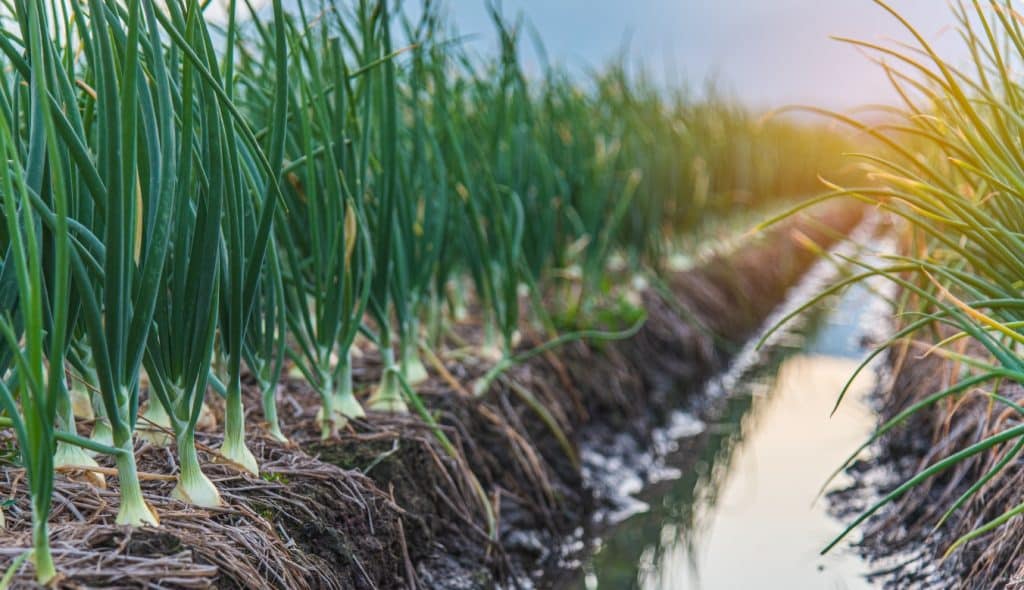
Onions should be planted in beds, avoiding flooding
There are cases in which the farmer chooses to sow the onion directly on the surface of the soil. In this way, the number of plants per area increases, but it is necessary to avoid periods or places of flooding.
The sowing process can take place in double or single lines, depending on the decision of the producer or the machine he uses for planting. The number of rows depends on the farmer’s production and goals.
The double lines normally work with up to 20 seeds per meter and the single lines hold up to 45 seeds per meter.
Difficulties in direct sowing
Significant cost with herbicides
In direct sowing, there is a chance of increased incidence of pests and diseases in your crop. For this reason, expenditure on herbicides may be a little higher compared to other planting systems.
Redoubled care with the plantation
Due to the possibility of pests and weeds spreading in your beds, the direct sowing method requires greater and more accurate attention to guarantee the quality of the results.
Use of specific machines
If you intend to use the direct seeding method over a considerable area of hectares, you will need certain equipment that performs the steps required by this technique.
Specialized technical personnel
A consequence of using specific machines is the need for trained people to operate them. Thus, you will also need to invest in this area or qualify the team you already have.
Greater irregularity in the planting surface
As the place where the direct sowing will take place will not be disturbed, some residues from other cultures can be found, which causes imperfections in the soil, hindering the good development of the seeds.
Some producers have used the method of “planting with reduced preparation”, or “harrow”, to minimize this problem and facilitate the operation of the machines.
However, this type of practice is not recommended, as it disrupts the soil, which is turned over on the surface, and accelerates the straw decomposition process.
Advantages of direct seeding
See below the advantages of sowing or direct planting onions and learn more about this cultivation option.
Reduction of manpower
Direct seeding is a technique that does not require as many steps and processes as other conventional planting models. In addition, technology can also help to reduce the manpower of this method.
Greater sowing control
This is one of the advantages that directly influences the final result of the products, adding quality and market value to the goods that the producer may make available for trade.
Decrease the frequency of irrigation
Direct sowing is carried out in the same place where the straw is already found. In this way, irrigation water finds a barrier to its flow or evaporation, which is reduced.
Regulates to do solo temperature
Also because of the straw, the soil temperature remains more constant, as well as the humidity of the place. These two factors further increase the chance of a quality final product.
Ensures quality end products
This planting method prioritizes soil and plant health. Therefore, if all the necessary care is taken by the producer, direct sowing is a way to guarantee goods with high nutritional and commercial value.
Necessary care for cultivation
In the case of onions, the greatest attention of the producer should be focused on pests that affect this type of crop, such as thrips. These can harm the healthy growth of the plantation and even decrease productivity.
It is also essential to stipulate with maximum precision the frequency and intensity of irrigation. The accumulation of water can drastically increase soil moisture, favoring the development of diseases.
In addition, the results vary according to the care that each farmer has with his plantation, such as the use of herbicides, cleaning of the crop and fertilization. However, the use of this technique favors the harvest of onions with higher quality.
Below is a report on the no-till planting of onions:
Source: Epagri Videos
Was this information helpful to you? Also visit our post on how to plant onions in a pot. Check out!



